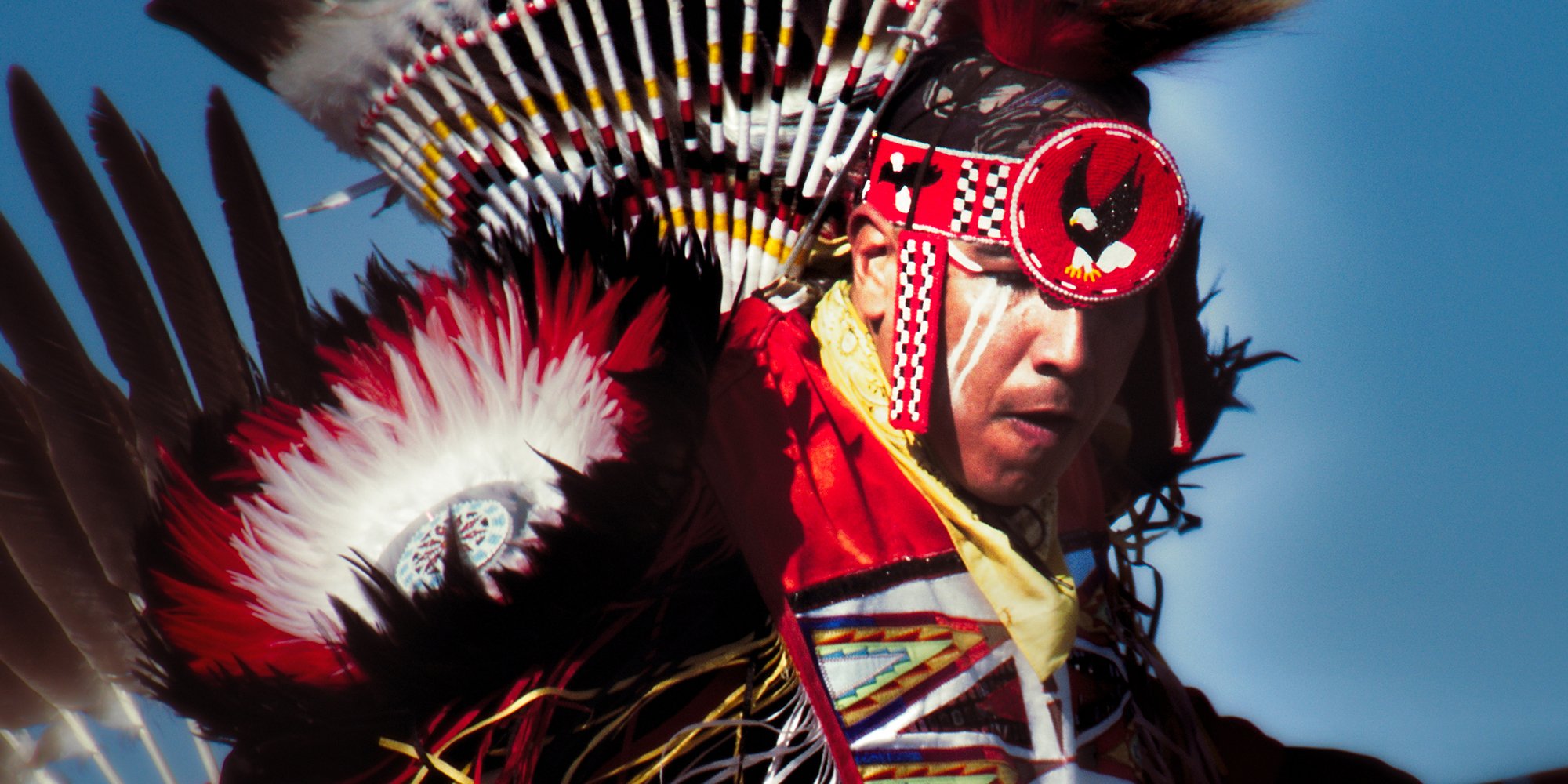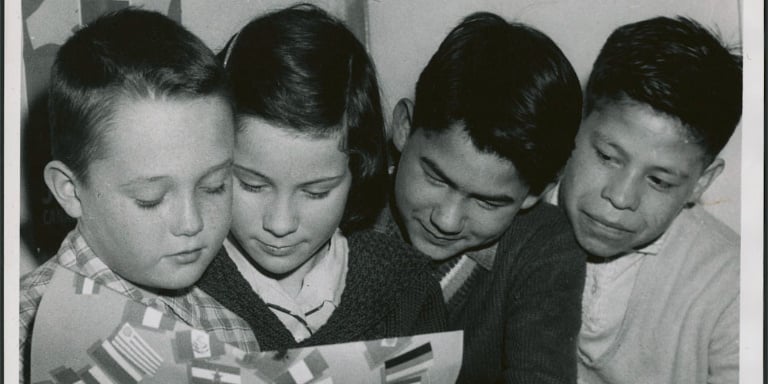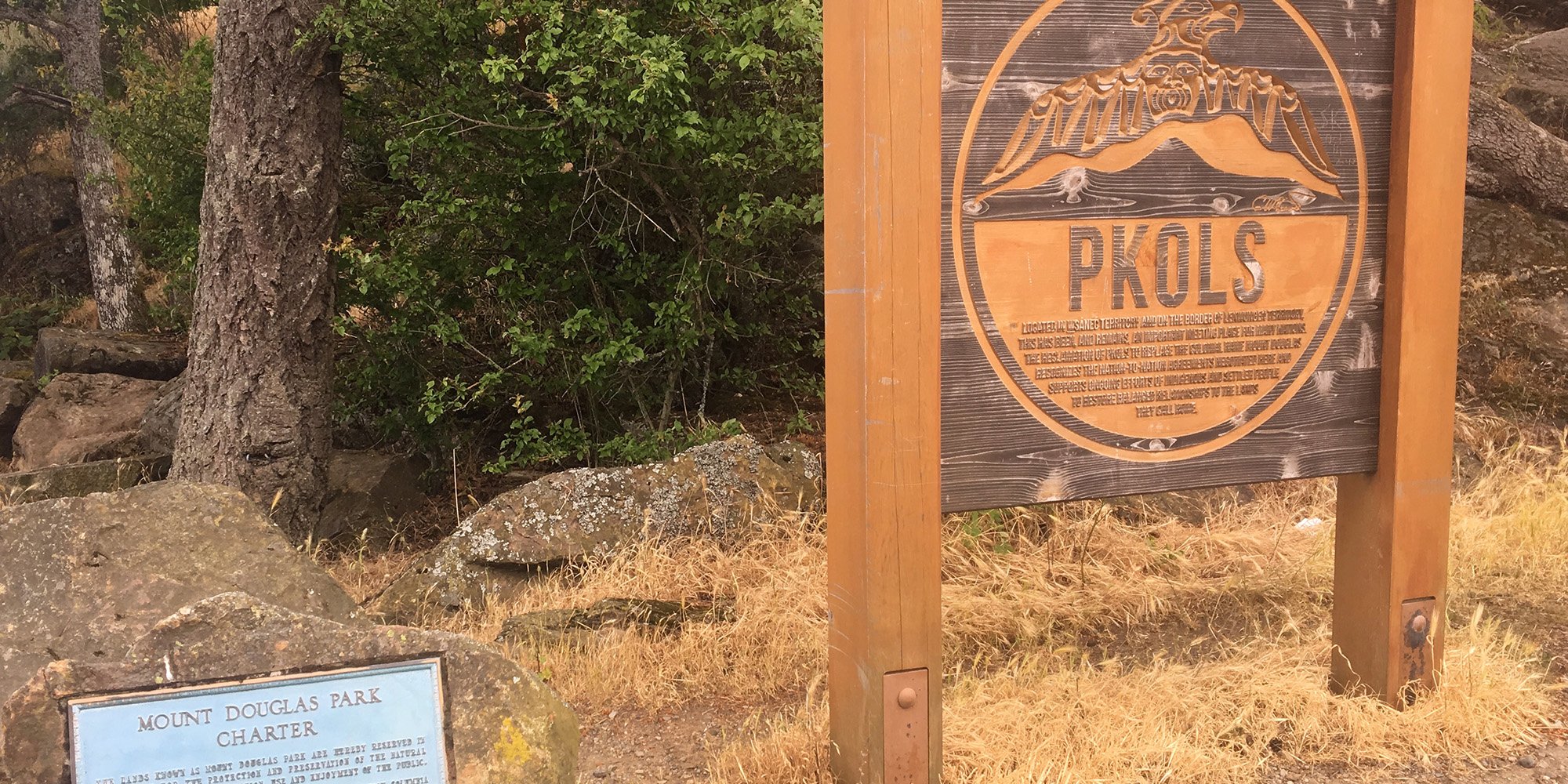Sixties Scoop Apprehension of Indigenous Children without Consent
The term “Sixties Scoop” refers to the period from 1961 through to the 1980s that saw an astounding number of Indigenous babies and children...

Indigenous awareness is a broad term – I know because my onsite and public workshops are dedicated to helping people understand the full extent of the term. To fully embrace the meaning of Indigenous awareness you should be prepared to realize some dark truths and open yourself up for a lifelong learning experience. What we have below are the "bricks and boards" to start you on that journey.
An understanding of Indigenous creationism
How and when did Indigenous People populate the Americas? There is no definitive answer. The scientific perspective has a few theories including one that involves land bridges and continuous waves of migration. The Indigenous perspective involves creationism, not land bridges. Creation stories also frequently define the traditional territory of the culture. Creation stories are the warp and the weft of the culture of Indigenous Peoples.
An understanding of how the arrival of Europeans impacted Indigenous Peoples of the Americas
It is a widely held, but erroneous, belief that Christopher Columbus “discovered” the New World – this belief denies the existence of the approximately 100 million Indigenous Peoples when he arrived in 1492. The enormity of the impact the arrival of Europeans had on the Indigenous Peoples is beyond comprehension. Colonialism, assimilation and depopulation due to disease are but a few impacts.
An understanding that Indigenous culture is a constitutionally protected legal right
According to the Merriam-Webster dictionary, culture is “the integrated pattern of human knowledge, belief, and behaviour that depends upon the capacity for learning and transmitting knowledge to succeeding generations and the customary beliefs, social forms, and material traits of a racial, religious or social group”. But according to Section 35(1) of the Constitution of Canada, Indigenous culture is not something that is kept in the closet to be brought out for special occasions. Under the Constitution, culture equals constitutionally protected legal rights. These legal rights are the leverage that Indigenous Peoples have to protect their culture.
An understanding of the diversity of culture
Indigenous Peoples include First Nations, Inuit and Métis. Just in terms of First Nations culture, there are over 600 First Nations in Canada and each one has its own unique history, traditions, beliefs, protocols and worldview. One of the most important points in our onsite training is to respect the diversity of cultures and to never fall under the spell of the notion that there is a one-size-fits-all approach to problem-solving, engagement or consultation.
An understanding of the impact of the Indian Act, 1876
The government of Canada used its broad Indian Act powers towards the strategic goal of assimilating First Nations people into mainstream Canadian society. Under the Indian Act First Nations were:
Required to have a permit to leave the reserve, sell trade or barter produce grown on their reserve; subjected women and their children to a legacy of discrimination; outlawed cultural events such as potlatches; forced 150,000 children to attend residential school to “remove him the retarding influence of his parents”; denied Indigenous veterans benefits available to other veterans; denied First Nations the right to vote unless they gave up their treaty rights and Indian status... a partial list.
An understanding of the impact of the Constitution Act, 1982
In 1982, the Government of Canada patriated the Canadian Constitution, and in so doing, formally entrenched Indigenous and treaty rights in the supreme law of Canada. The repatriated Constitution also set the stage for the Supreme Court of Canada to begin to weigh in on issues related to Indigenous rights and title.
An understanding of the court cases that define Indigenous rights and title
Beginning with the ground-breaking Calder case in 1973, the Supreme Court of Canada has used a series of important decisions to define and explain Indigenous rights and title in Canada. The thread of reasoning that runs through this line of cases has woven the concept of unextinguished Indigenous title deep into the fabric of Canadian law, which has induced both the federal and provincial governments to undertake meaningful treaty-making, and has greatly strengthened Indigenous Peoples’ negotiating positions. We have brief summaries of each of these fundamental cases on our blog.
An understanding of self-government
Long, long before European contact, Indigenous Peoples had their own established political systems and institutions – they were self-governing.
The Government of Canada recognizes the inherent right of self-government as an existing Indigenous right under section 35 of the Constitution Act, 1982. It recognizes, as well, that the inherent right may find expression in treaties, and in the context of the Crown’s relationship with treaty First Nations. Recognition of the inherent right is based on the view that the Indigenous Peoples of Canada have the right to govern themselves in relation to matters that are internal to their communities, integral to their unique cultures, identities, traditions, languages and institutions, and with respect to their special relationship to their land and their resource. [1] (emphasis added)
An understanding of the top issues for Indigenous Peoples
Many more Indigenous Peoples in comparison to non-Indigenous Peoples experience:
An understanding of the multi-generational impact of the residential school system
Indian residential schools provided at most a rudimentary education. The majority of the “learning” was focused on religious indoctrination and manual labour skills. The children who survived faced a harsh and lonely future – many had been sexually and emotionally abused, they could not return to their traditional lives as they had lost their language and traditions, and they did not have an adequate education so they were hampered in their ability to succeed socially or economically. The last “school” closed in 1996 so the effects will be experienced for generations to come.
NOTE: In 2019, former students of Kivalliq Hall in Rankin Inlet in what is now known as Nunavut won a court battle to have Kivalliq Hall included as an IRSSA-Recognized School. While this 2015 article states that the last residential school in Canada to close was in 1996, Kivalliq Hall's closing in 1997 is an important detail to note when recounting and learning about Indigenous history.
An understanding of how colloquialisms cause offence
Colloquial expressions that involve Indigenous Peoples or their culture are derogatory and offensive and should be avoided. We should always take pains to avoid the use of First Nations colloquialisms - words have a great capacity to cause emotional harm and possibly offend. When working cross-culturally, it is very important to be aware of whether or not your vocabulary and conversations include phrases and references that are culturally offensive.
An understanding of how stereotypes cause offence
What is the impact of First Nations stereotypes on First Nations People and non-First Nations people? For First Nations, it diminishes self-esteem and cultural pride, and for non-First Nations, it dehumanizes and enhances negative perceptions of First Nations people and their culture.
An understanding that the myths about Indigenous Peoples are simply not true
There are many myths surrounding Aboriginal Peoples. We call them myths because although they contain a kernel of truth, they also leave out some important information. Canada’s history of colonialism, violence, and residential schools resulted in severe inequality between Indigenous Peoples and non-Indigenous Peoples. Many Canadians falsely believe that Indigenous Peoples have unfair privileges that simply do not exist.
What does Indigenous awareness mean to you?
[1] Federal Policy Guide: Aboriginal Self-Government – The Government of Canada’s Approach to Implementation of the Inherent Right and the Negotiation of Aboriginal Self-Government
Featured photo: Innu pow-wow dancer. Photo: Gael Varoquaux, Flickr.

The term “Sixties Scoop” refers to the period from 1961 through to the 1980s that saw an astounding number of Indigenous babies and children...

What is the relationship between Indigenous Peoples and place names? Indigenous place names carry knowledge that has been passed from generation to...

Indigenous Canadians earn about 70 cents for every dollar made by non-Indigenous Canadians, according to Canada's income data. This is a very...